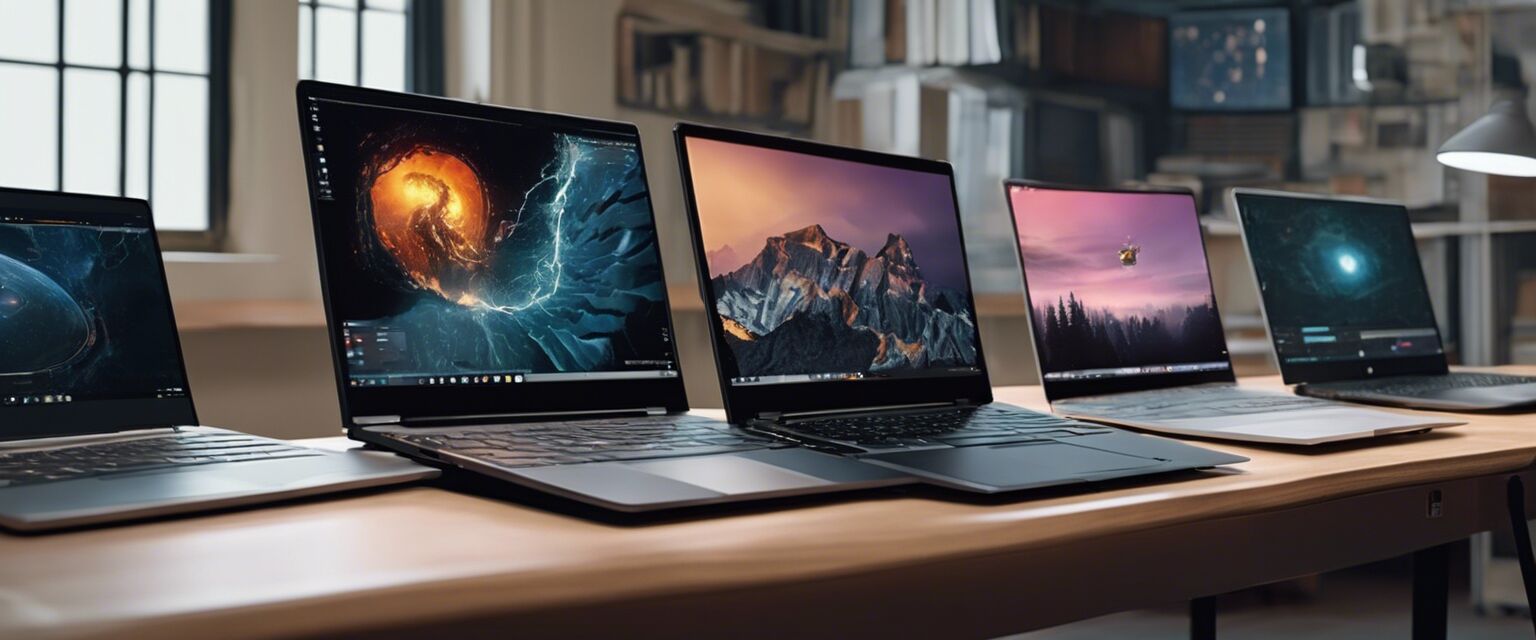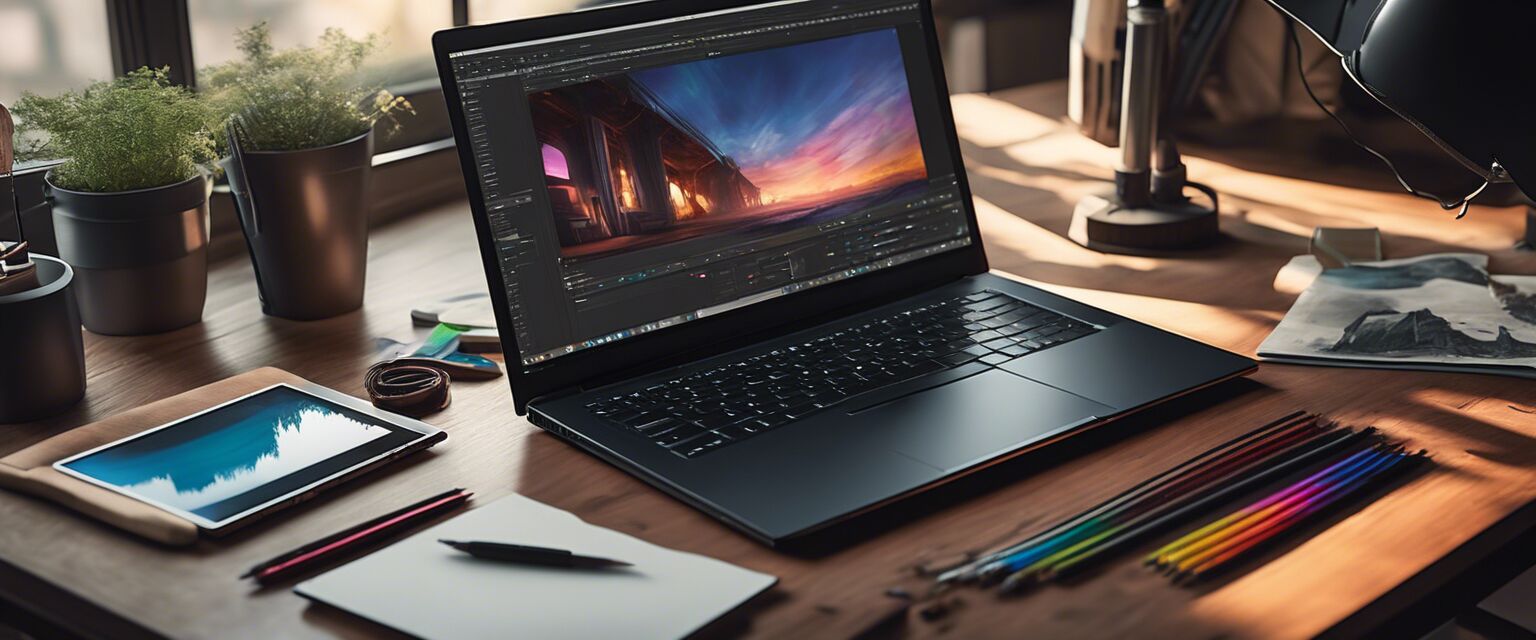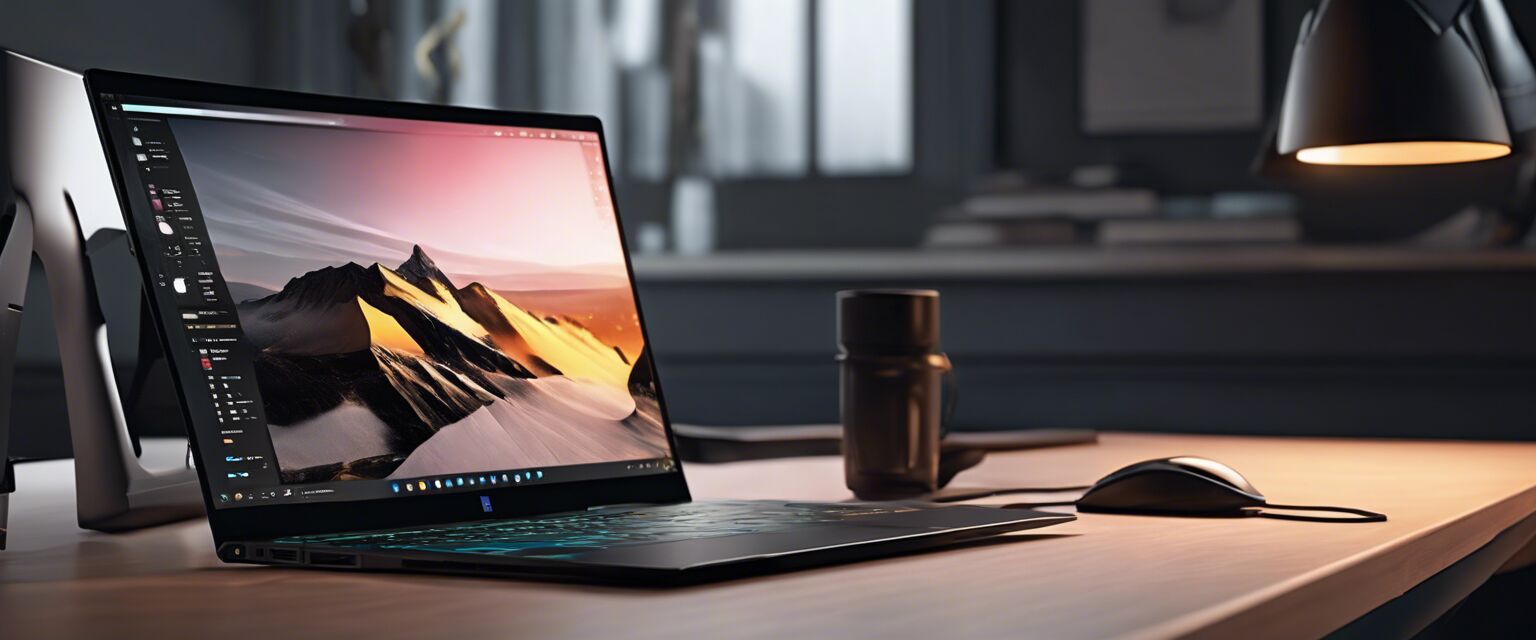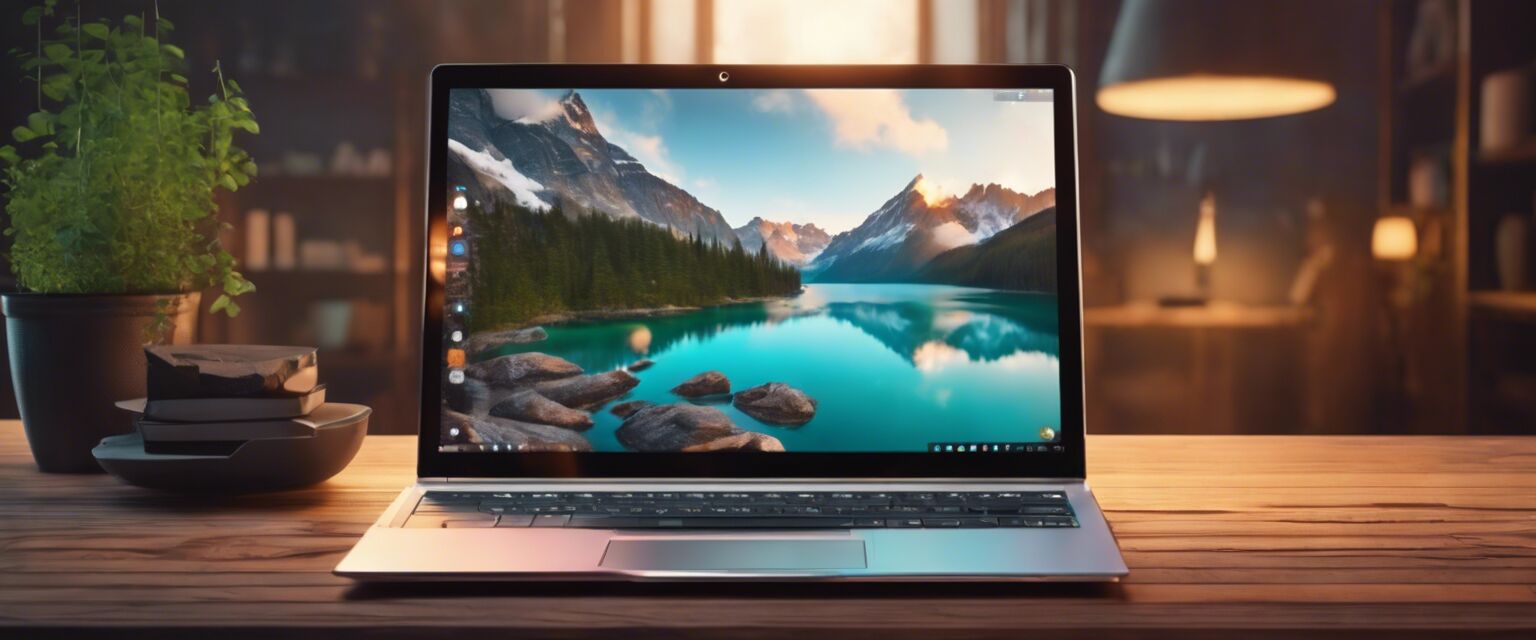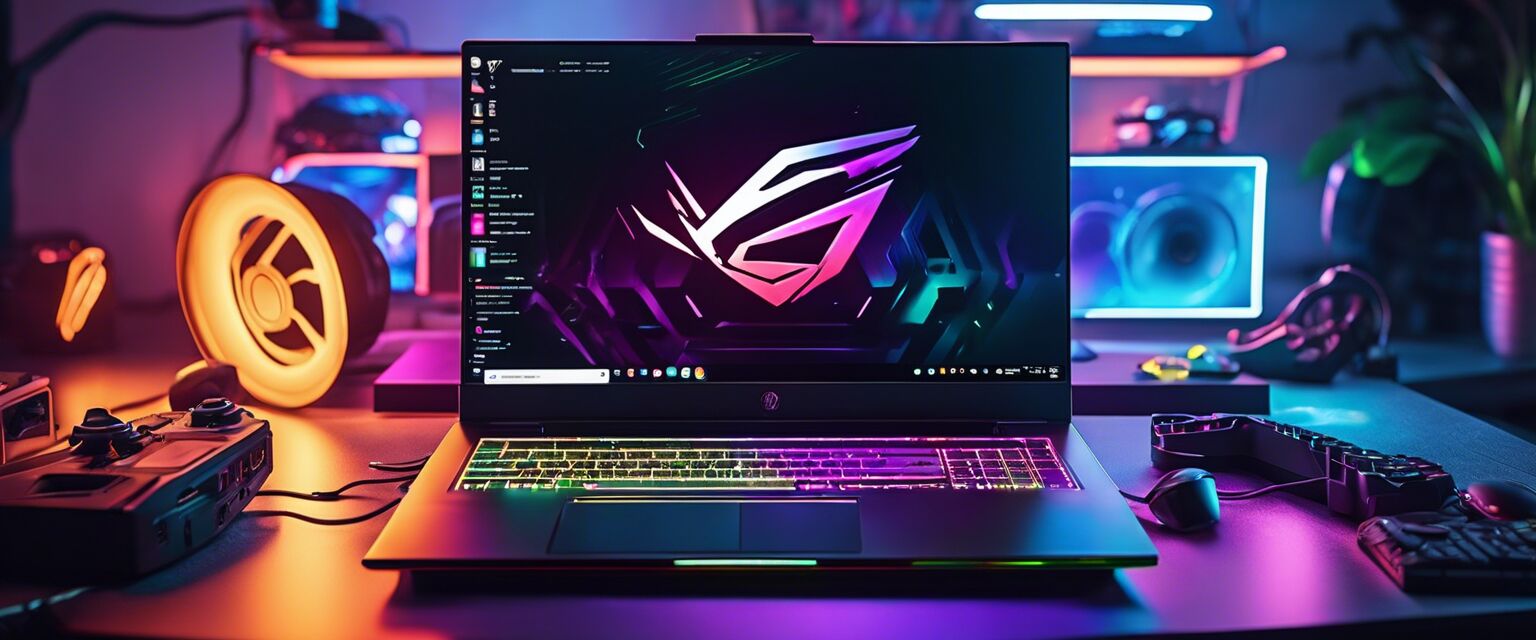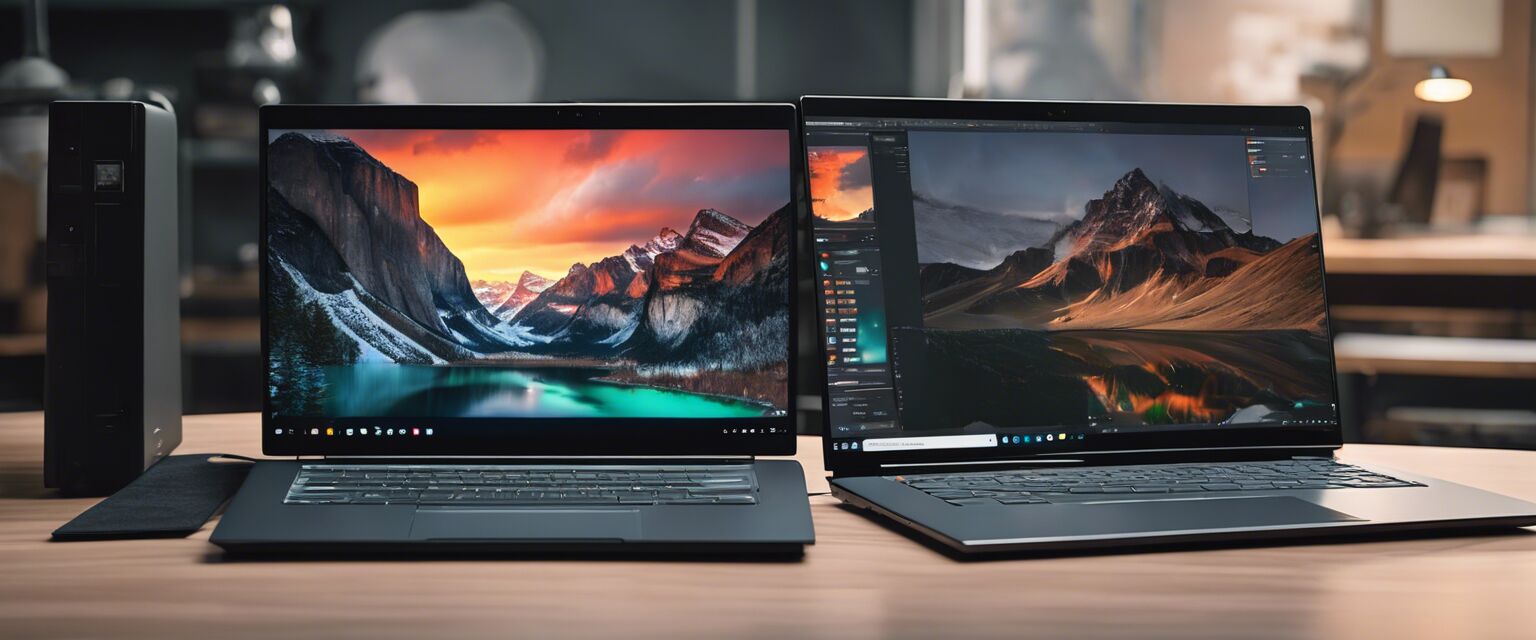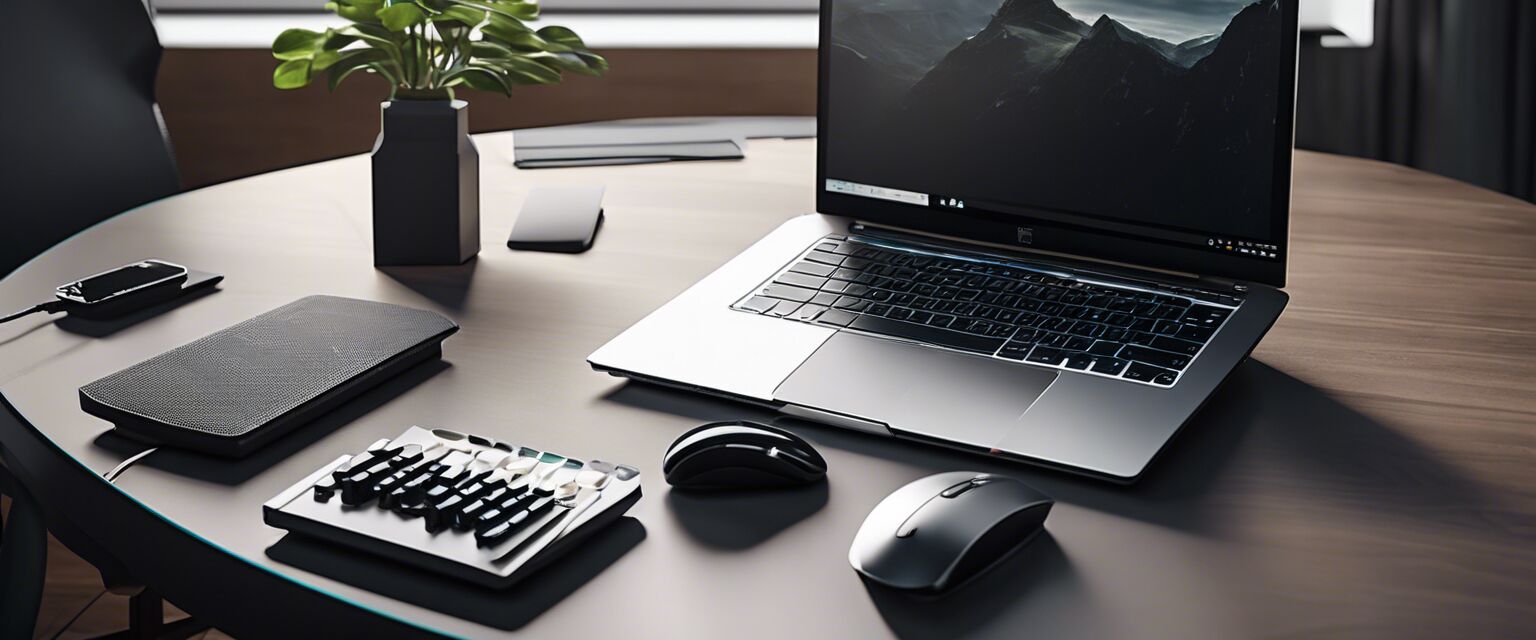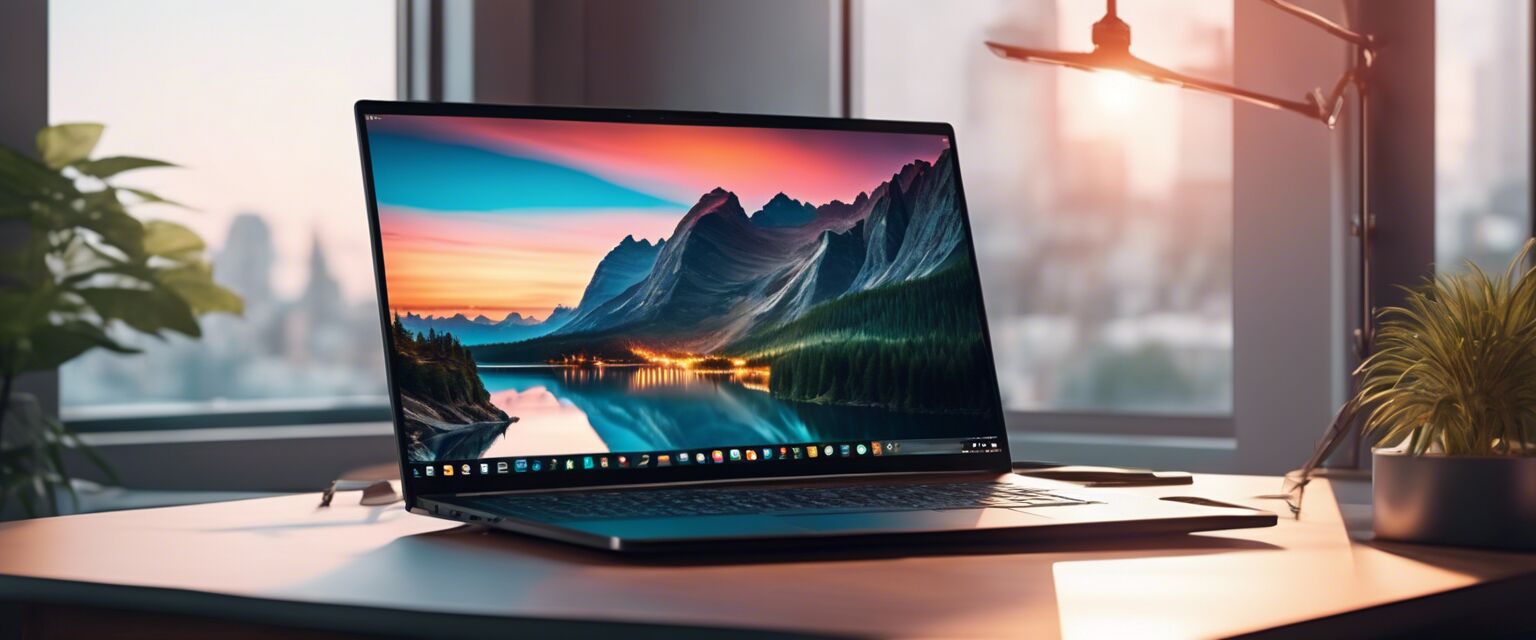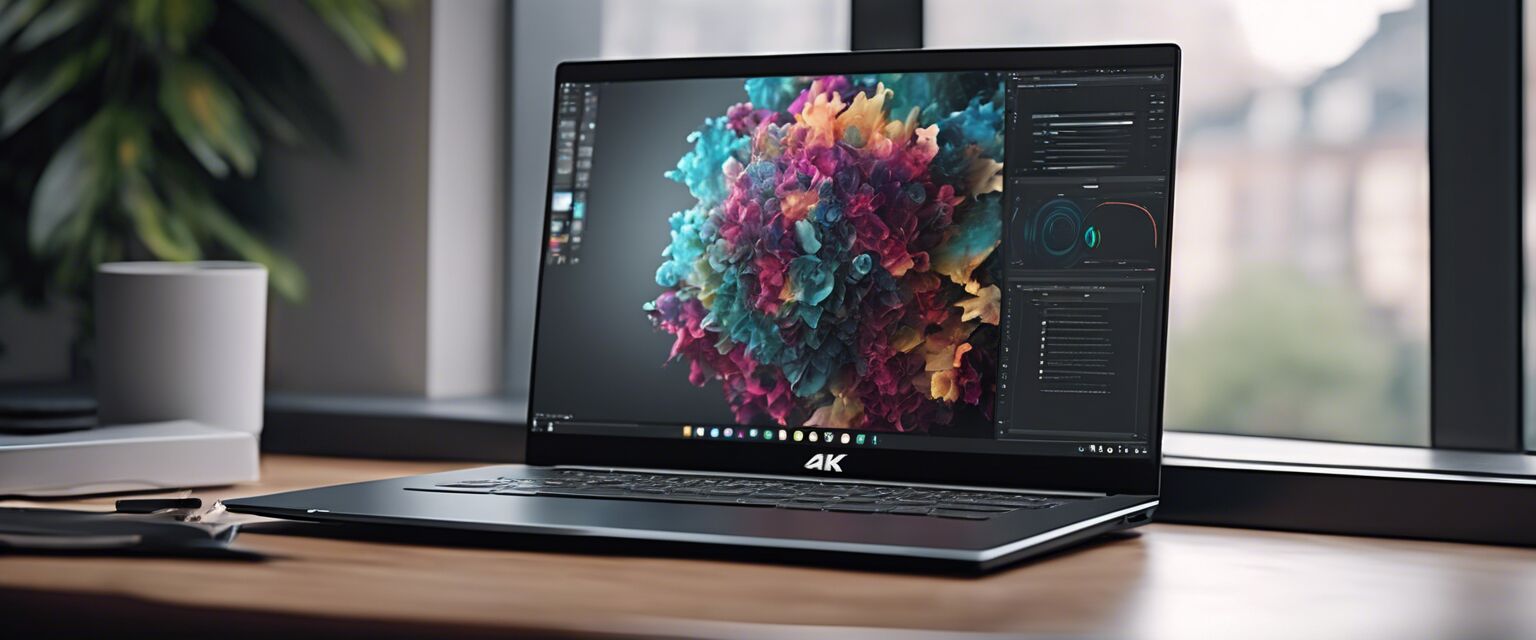
Ultrabooks
Key Takeaways
- Ultrabooks are designed for portability and performance.
- They typically weigh less than 3 pounds and are less than 0.8 inches thick.
- Long battery life and quick charging are standard features.
- Ultrabooks often feature solid-state drives (SSD) for fast performance.
In today's fast-paced world, the need for lightweight, powerful laptops has never been greater. Ultrabooks perfectly blend portability and performance, making them ideal for on-the-go individuals. This guide dives into what makes ultrabooks stand out, their key features, and tips for choosing the right one for your needs.
What are ultrabooks?
Ultrabooks are a category of lightweight laptops that prioritize portability without compromising performance. Introduced by Intel, ultrabooks boast sleek designs and longer battery life compared to traditional laptops. They are an excellent choice for business professionals, students, and casual users alike.
Key features of ultrabooks
- Sleek and lightweight design
- Fast boot-up time due to SSDs
- Long battery life, typically lasting 10-15 hours
- High-resolution displays, often Full HD or higher
- Strong security features, including fingerprint readers

Benefits of using ultrabooks
There are numerous advantages to choosing an ultrabook over regular laptops:
| Benefit | Description |
|---|---|
| Portability | Lightweight and thin, making them easy to carry around. |
| Performance | Fast processors and SSDs ensure smooth multitasking and quick load times. |
| Battery Life | Long-lasting batteries mean fewer interruptions while working on the go. |
| Design | Visually appealing, often with premium materials like aluminum or carbon fiber. |
Types of ultrabooks
Ultrabooks come in various types to cater to different needs:
- Convertibles: These laptops can function as tablets, featuring touch screens and 360-degree hinges.
- Business ultrabooks: Built for professional use with enhanced security and productivity features.
- Premium ultrabooks: Designed with high-end materials and specifications for those wanting luxury.
Choosing the right ultrabook
When selecting an ultrabook, consider the following factors:
Tips for beginners
- Determine your primary use (e.g., business, casual use, gaming).
- Look for one with an adequate battery life for your needs.
- Evaluate the amount of storage, leaning towards SSD if possible.
- Consider display quality and resolution, especially for creative tasks.
Price range of ultrabooks
Ultrabooks are available in various price ranges. Below is a table summarizing typical price ranges:
| Type | Price Range |
|---|---|
| Entry-level ultrabooks | $500 - $800 |
| Mid-range ultrabooks | $800 - $1,200 |
| High-end ultrabooks | $1,200+ |
Ultrabooks vs. traditional laptops
It's crucial to understand how ultrabooks compare to traditional laptops:
| Feature | Ultrabooks | Traditional Laptops |
|---|---|---|
| Weight | Typically under 3 pounds | Can range from 4 to 8 pounds |
| Thickness | Less than 0.8 inches | Usually thicker than 0.8 inches |
| Battery Life | 10-15 hours | 4-8 hours |
| Performance | Fast due to SSDs | Varies depending on configuration |
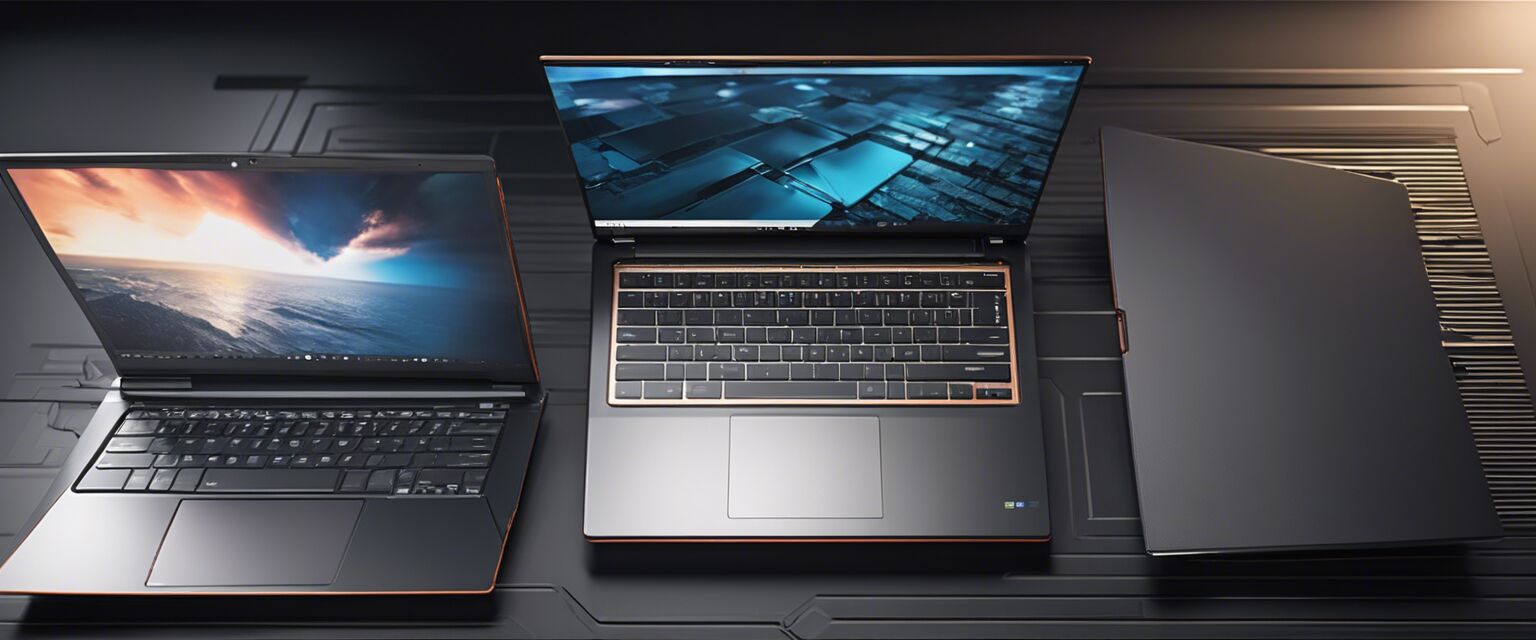
Pros and cons of ultrabooks
Pros
- Highly portable and lightweight
- Excellent battery life
- Fast performance with SSDs
- Attractive design
Cons
- Generally higher price compared to traditional laptops
- Limited upgrade options
- May have fewer ports than bulkier laptops
- Not always suitable for heavy gaming
Final thoughts
In conclusion, ultrabooks are an excellent investment for individuals seeking mobility and performance. They cater to users who require efficient machines without the bulkiness of traditional laptops. For more information on specific types, be sure to check out our other guides on 2-in-1 laptops, business laptops, and student laptops.
Further reading
Explore our site for more insights on:

